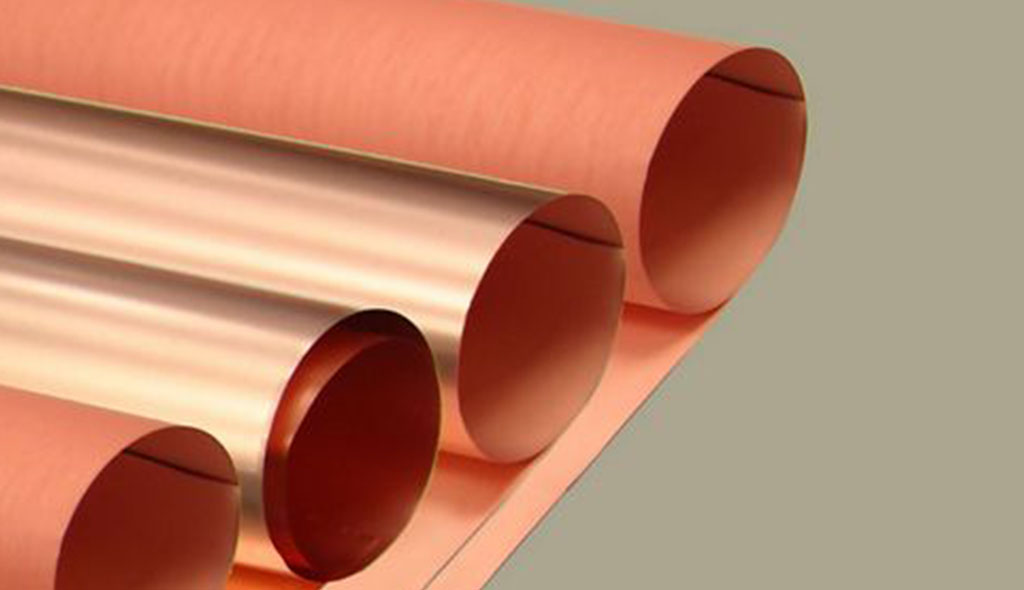Basic knowledge of copper foil for PCB circuit boards
- 7月 16, 2018
- 10:59 上午
1、 Introduction to Copper Foil
Copper foil: A negative electrolytic material that precipitates a thin, continuous layer of metal foil on the substrate layer of a circuit board, serving as a conductive material for PCBs. It is easy to adhere to the insulation layer, accept the printed protective layer, and form a circuit diagram after corrosion. Copper mirror test: A type of flux corrosion test using a vacuum precipitation film on a glass plate.
Copper foil is made by beating copper with a certain proportion of other metals. There are generally two types of copper foil: 90 foil and 88 foil, with a copper content of 90% and 88%, and a size of 16 * 16cm. Copper foil is the most widely used decorative material. For example: hotels, temples, Buddha statues, golden signboards, ceramic tile mosaics, handicrafts, etc.
2、 Product characteristics
Copper foil has low surface oxygen characteristics and can adhere to various substrates, such as metals and insulation materials, with a wide temperature range of use. Mainly used for electromagnetic shielding and anti-static, conductive copper foil is placed on the substrate, combined with metal substrate, with excellent conductivity and providing electromagnetic shielding effect. It can be divided into: self-adhesive copper foil, double conductive copper foil, single conductive copper foil, etc.
Electronic grade copper foil (with purity of more than 99.7% and thickness of 5um-105um) is one of the basic materials of the electronic industry. The electronic grade copper foil is developing rapidly in the electronic information industry. The use of electronic grade copper foil is increasing. The products are widely used in industrial calculators, communication equipment, QA equipment, lithium-ion batteries, civil televisions, video recorders, CD player, photocopiers, telephones, air-conditioning, automotive electronic components, game consoles, etc. The demand for electronic grade copper foil, especially high-performance electronic grade copper foil, is increasing both domestically and internationally. Professional institutions predict that by 2015, the domestic demand for electronic grade copper foil in China will reach 300000 tons, and China will become the largest manufacturing base for printed circuit boards and copper foil in the world. The market for electronic grade copper foil, especially high-performance foil, is promising.
3、 Global supply status of copper foil
Industrial copper foil can be commonly divided into two categories: rolled copper foil (RA copper foil) and point solution copper foil (ED copper foil). Rolled copper foil has good ductility and other characteristics, making it the copper foil used in the early soft board manufacturing process. Electrolytic copper foil has the advantage of lower manufacturing costs compared to rolled copper foil. Due to the fact that rolled copper foil is an important raw material for soft boards, the improvement of the characteristics and price changes of rolled copper foil have a certain impact on the soft board industry.
Due to the limited number of manufacturers of rolled copper foil and the fact that some manufacturers have control over the technology, customers have a low level of control over prices and supply. Therefore, replacing rolled copper foil with electrolytic copper foil is a feasible solution without affecting product performance. However, in the coming years, the physical properties of the copper foil itself will affect the factors of etching. In products with thin or thin lines, and in high-frequency products due to telecommunications considerations, the importance of rolled copper foil will once again increase.
There are two major obstacles to producing rolled copper foil, namely resource barriers and technological barriers. The resource barrier refers to the need for copper raw material support in the production of rolled copper foil, and the possession of resources is very important. On the other hand, technological barriers have deterred more newcomers. In addition to rolling technology, surface treatment or oxidation treatment technologies are also hindered. Most global manufacturers have many technology patents and key technologies, known as’ Know How ‘, which increases entry barriers. If new entrants undergo post-processing production and are constrained by the costs of large factories, it is difficult to successfully join the market, so the global market for rolled copper foil still belongs to a strong monopoly.
4、 The Development of Copper Foil
Copper foil, also known as electroplated copper foil, is an important material used in the manufacturing of copper clad laminate (CCL) and printed circuit board (PCB). In the rapid development of the electronic information industry today, electrolytic copper foil is known as the “neural network” for the transmission and communication of electronic product signals and power. Since 2002, the production value of printed circuit boards in China has climbed to the third place in the world, and as the substrate material for PCBs, copper clad boards have also become the third largest producer in the world. This has also led to the rapid development of China’s electrolytic copper foil industry in recent years. In order to understand and understand the past, present, and future development of the world and China’s electrolytic copper foil industry, experts from the China Epoxy Resin Industry Association have reviewed its development.
From the perspective of the production department and market development changes of the electrolytic copper foil industry, its development process can be divided into three major development periods: the period when the United States established the initial world copper foil enterprise and the electrolytic copper foil industry started; The period when Japanese copper foil enterprises monopolized the world market comprehensively; A period of multipolar competition for markets in the world.






